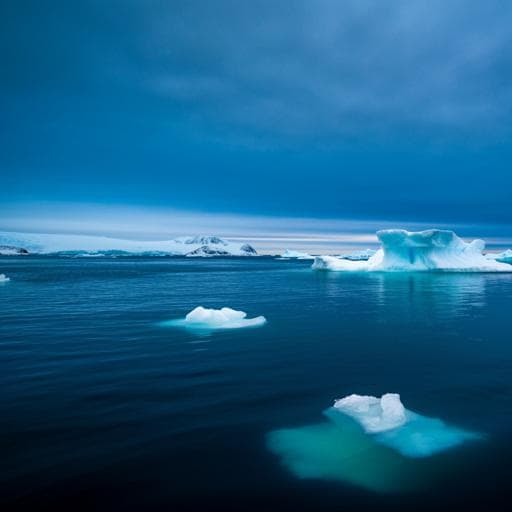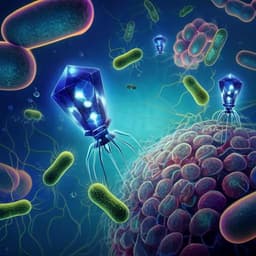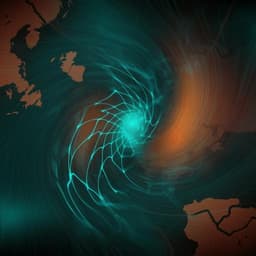
Earth Sciences
Vulnerability of the North Water ecosystem to climate change
S. Ribeiro, A. Limoges, et al.
Explore the delicate balance between high Arctic ecosystems and Indigenous livelihoods as researchers, including Sofia Ribeiro and colleagues, unravel the historical sensitivities of the North Water polynya. Discover how climate changes over millennia have influenced this vital marine habitat and the future risks posed by warming temperatures.
~3 min • Beginner • English
Related Publications
Explore these studies to deepen your understanding of the subject.







